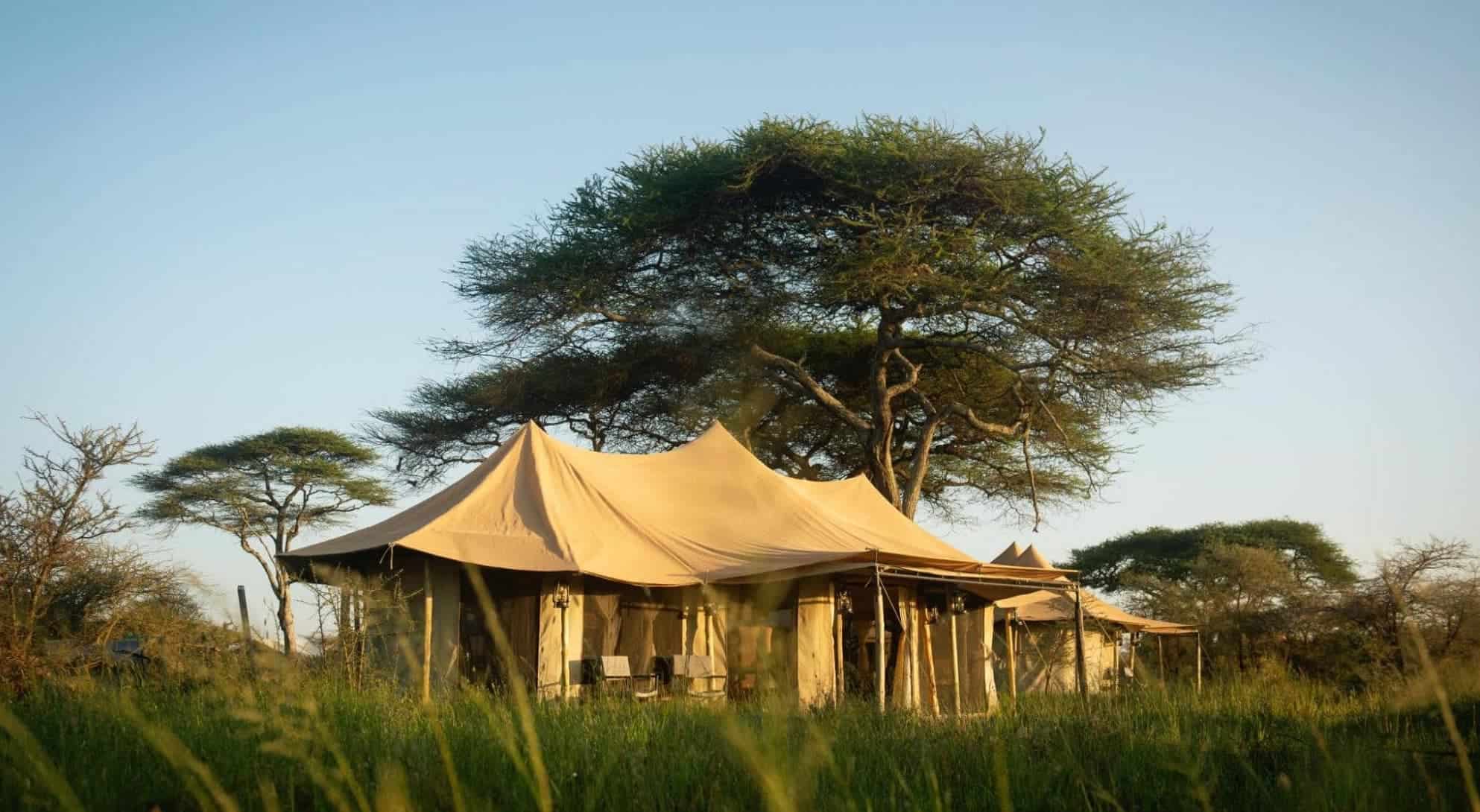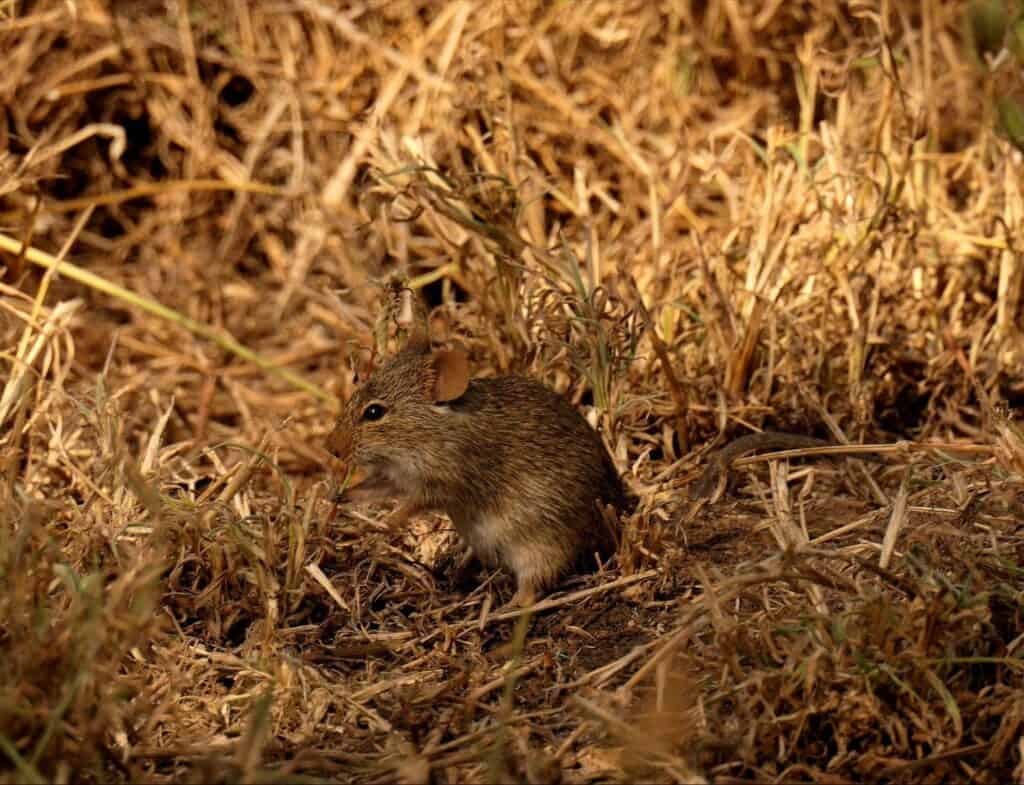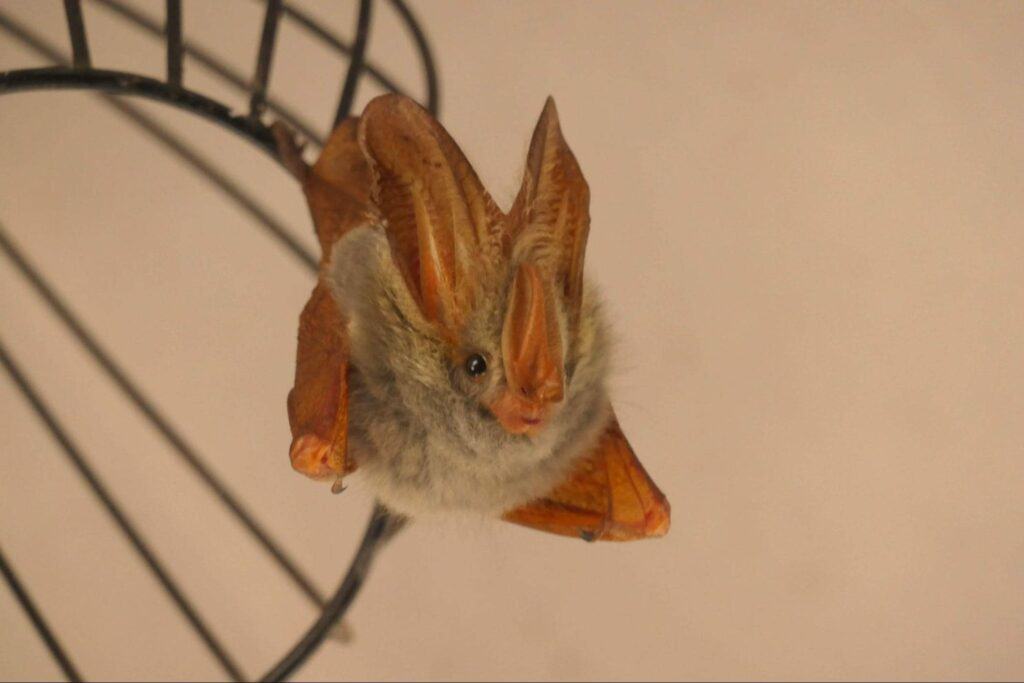
Meet a few of Olmara camp’s wild little friends
Bigger isn’t always better
Come to Olmara for a few days and you’ll undoubtedly have incredible Lion and Cheetah sightings. You’ll see Zebras, Giraffes, Buffalo, Elephants and multitudes of gazelle, but you might not notice some smaller wild friends.
Feeding the food chain
One of the most common of our little, furry friends at Olmara Camp is the Grass Mouse, or Arvicanthus Niloticus, as the mammal twitcher will call it.
These grass mice are active in the daytime and feed on grass seeds. The quantity of grass controls their population, and with the cycles of rainy and dry seasons, their population grows and diminishes. Their population size significantly impacts the small predators that prey on them.
So, it is thanks to these harmless little friends that we have the privilege of seeing an abundance of smaller cats and dog species such as African Wild Cats, Caracals, Servals, Golden Wolves, Side-striped Jackals and Black-backed Jackals on game drives.
This Grass Mouse is also one of the few non-laboratory-bred mice species to be used in research. Being diurnal, they’ve been used in studies associated with circadian rhythm and hormones, stress and the effects of diet on diabetes and obesity.

An effective insect repellent
Another furry friend you might see hanging upside down from the Acacia trees in camp is the Yellow-winged Bat or Lavia frons.
This Bat species is an insect eater, and if you can get close to it, you will see the peculiar long ears that are almost half as long as the body, and its large eyes and weird leaf-shaped nose – both used to find and catch insects in flight during the night. This species of insect-eating Bat has excellent eyesight for a Bat.
Bats like this will eat their body weight in insects at night – so we’re happy to have them in camp!
You will see these Bats often roost in pairs in a tree. They are monogamous and also territorial and you can see them flying around their territory just before dark.

Is it a tiny kangaroo – no, it’s a hare
Another cool little friend we often see hopping around at night is the East African Spring Hare (Pedetes surdaster). These mini-kangaroos are another rodent species with a long bushy tail and massive hind legs and feet.
Spring Hares are excellent diggers and dig themselves a burrow network underground. When they forage, they usually move on all four legs, but when they head back to the safety of their burrows, they hop on their hind legs.
Spring Hares are bio fluorescent which means that their fur glows under ultraviolet light. It is a peculiar trait that scientists still don’t understand.

It pays to sweat the small stuff
So, remember when you are in the wild to adjust those binoculars every now and then to refocus on the smaller species that play a key role in the ecosystem.






